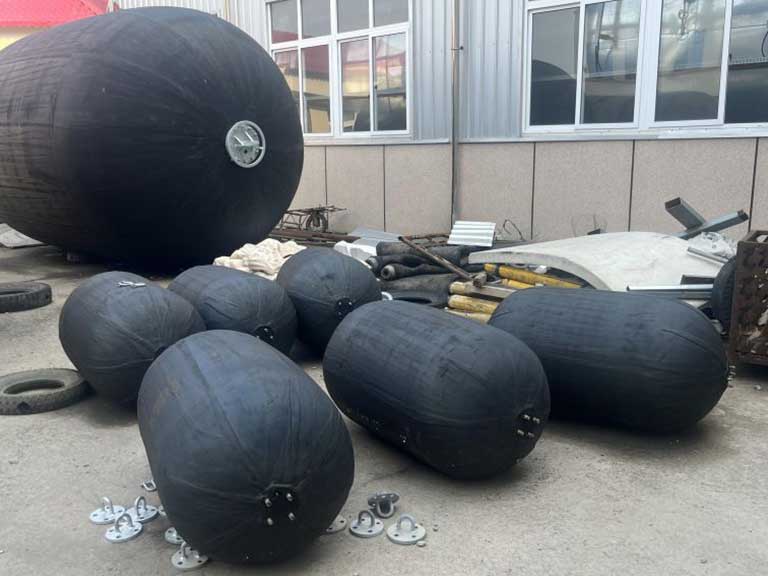Does rubber rot? That’s what everyone wants to know. Understanding the complicated breakdown process that rubber goods go through is key to finding a solution. This is especially true in harsh marine settings where saltwater, UV rays, and changes in temperature all speed up the breakdown process.
As professional marine equipment suppliers, we understand the importance of dealing with rubber decay and its impact on marine equipment. This piece will talk about the reasons, symptoms, and ways to keep rubber from breaking down. This will be useful for marine uses.
Table of Contents
Understanding Rubber Rot: The Science of Degradation
Rubber deterioration, also known as “dry rot,” is a complicated process that is affected by many things in the surroundings. We are aware that rubber goods, particularly those used in marine settings. They are susceptible to deterioration from exposure to oxygen, UV rays, and other elements.
Over time, rubber materials break down and lose their physical traits and usefulness. This is called rubber rot. Cracks, brittleness, and staining are common signs of this condition. When rubber is in tough marine conditions, the protective chemicals inside it slowly break down, which speeds up the process of degradation.
Chemical Processes Behind Rubber Degradation
The breakdown of rubber is influenced by a number of chemical processes. Some of these are oxidation, photodegradation, acidification, and changes in temperature. To lessen the damage that rubber rot does, you need to understand these processes.
- When oxygen ions mix with the polymer chains in rubber, they break down and become rigid. This is called oxidation.
- Photodegradation happens when UV light breaks chemical bonds in rubber. This damages the surface and makes the rubber break down even more.
- Hydrolysis happens when water molecules react with the rubber substance, making its structure weaker. This is especially important in marine settings.
- Changes in temperature make rubber expand and contract, which creates tiny stress points that finally show up as cracks.
Antioxidants and UV protectors are added to modern marine rubber goods to slow down these breakdown processes. These protective chemicals do break down over time, though, especially when they are exposed to harsh marine circumstances.
| Chemical Process | Description | Effect on Rubber |
| Oxidation | Oxygen molecules react with polymer chains | Becomes brittle and prone to cracking |
| Photodegradation | UV radiation breaks chemical bonds | Surface damage and further deterioration |
| Hydrolysis | Water molecules react with rubber compound | Weakens the rubber structure |
| Temperature Fluctuations | Expansion and contraction create stress points | Visible cracks and structural weaknesses |
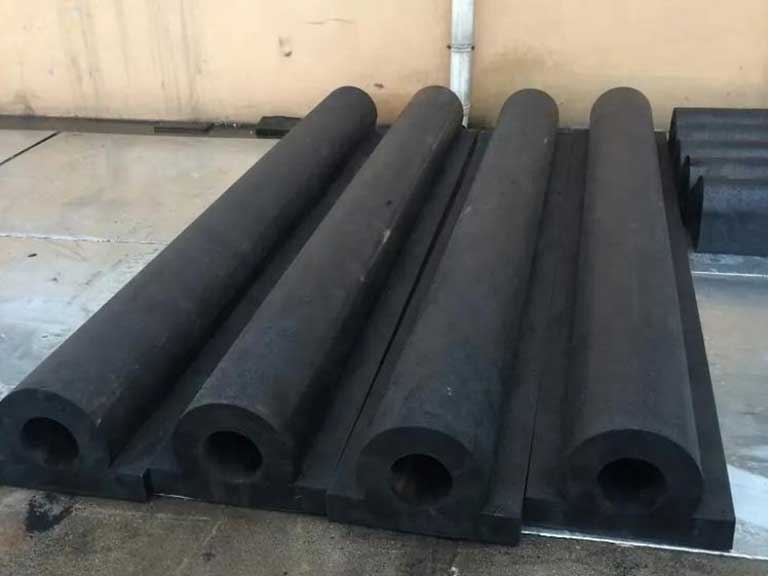
Common Signs of Rubber Rot in Marine Equipment
The breaking down of rubber parts in marine environments is a major problem. Because it affects the dependability of tools. To keep marine boats safe and long-lasting, we need to find the signs of rubber rot.
Visual Indicators of Degradation: A visual check is often the first thing that is done to find rubber rot. We look for cracks, dry rot, and damage to the walls or surface of the rubber, among other things. Broken spots and dry rot are signs of the breakdown process. These can make the material less flexible and let more air escape.
Structural Changes in Deteriorating Rubber: In addition to being obvious, rubber that is breaking down goes through major structure changes. We see a lack of flexibility, which we can tell by pressing hard on the surface. Compression tests show that rotten rubber doesn’t go back to its original shape, which means it has lost its ability to bounce back. Changes in strength and weight, as well as internal delamination, are other ways to measure decline.
Environmental Factors That Accelerate Rubber Rot
Different environmental factors have a big effect on how long rubber goods last. Rubber parts are subjected to a number of things that can speed up their decline in marine settings.
The Impact of UV Exposure: UV light plays a big role in rubber breaking down. The rubber may become brittle and crack as a result of prolonged contact to sunlight, which weakens it. Protect rubber parts from direct sunlight when they’re not in use.
Temperature Fluctuations Affect: Changes in temperature are another important factor in how quickly rubber breaks down. When temperatures get too high or too low, the rubber can expand and shrink, which can wear down the material. This can cause cracks and a loss of flexibility, which will lower the rubber’s performance in the long run.
Chemical Exposure and Its Degrading Effects: Chemical contact is another important thing that speeds up rubber rot. Pollutants, factory fumes, and products that use oil can break down rubber over time. Cleaners made from gasoline should not be used because they can damage the rubber materials.
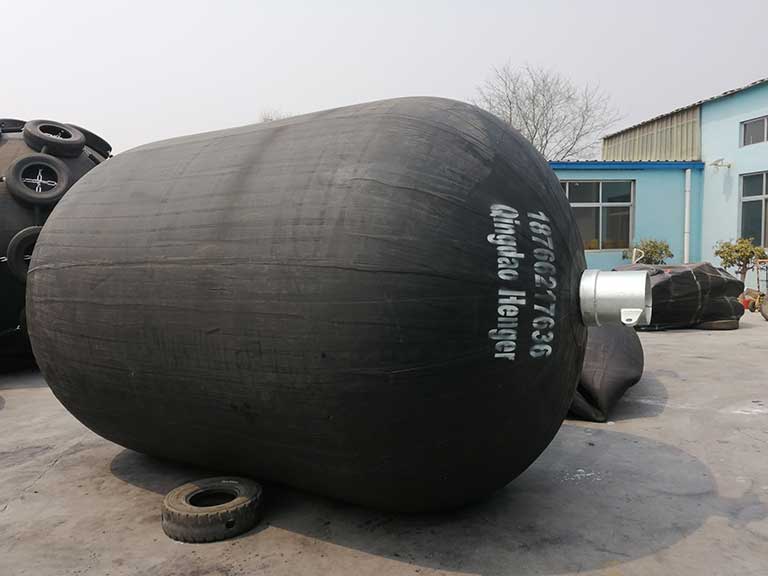
How Marine Conditions Specifically Affect Rubber Products
Rubber goods have a hard time in marine settings, which makes them less durable and less effective. Rubber materials may degrade more quickly when they are constantly exposed to saltwater, changing temperatures, and mechanical stress.
Saltwater Exposure and Its Consequences: Rubber goods are especially damaged when exposed to saltwater. When the salt gets into the rubber, it makes it weak and more likely to crack. Additionally, salt can speed up the rusting process, which makes the rubber break down more quickly.
Unique Challenges for Rubber Fenders: Because they are exposed to both air and water. Yokohama fenders and other marine rubber fenders have to deal with special problems. When a ship docks, the compression cycles cause mechanical stress that speeds up the spread of cracks in rubber that are already damaged. To deal with these problems, Henger Shipping Supplies has created special rubber materials that don’t break down easily.
Preventing Rubber Rot in Marine Applications
Keeping rubber from rotting is very important for marine rubber goods to last a long time. Henger Shipping Supplies makes Yokohama fenders, marine rubber fenders, and marine airbags. We know how important it is to keep these items in good shape so they last a long time.
Proper Storage Techniques: Rubber rot can be avoided with proper keeping. Using covers that block UV rays can help protect against damage and lower exposure. Rubber tools should also be kept in a cool, dry location, out of the way of chemicals and sunshine.
Regular Maintenance: For rubber marine fenders to last longer, routine upkeep is essential. This includes cleaning the equipment well and checking it often for signs of wear and tear. Consumer Reports points out that avoiding the use of tire polish can help extend the life of rubber products. This is because it does not provide additional protection against ozone and UV rays.
Protective Coatings and Treatments: Putting protective coats and treatments on marine rubber goods can make them last a lot longer. These days’ protective layers make a barrier that soaks up UV rays and chemical contact. Silicone-based products work especially well because they form a molecular link with the surface of the rubber. Yokohama fenders and other marine rubber fenders can be protected against UV rays and bacterial growth with coatings that contain zinc oxide.
You can follow these tips to extend the life of your marine rubber fender. For example, store it properly, clean it regularly, and apply a protective coating. For full protection against all kinds of environmental dangers, we at Henger Shipping Supplies suggest a multi-layer security method.
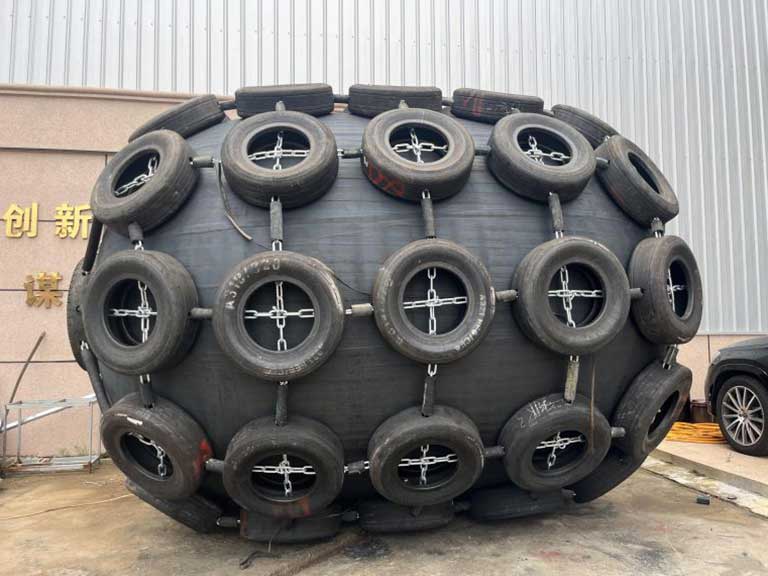
When to Replace Degraded Rubber Marine Equipment
Figuring out when to replace marine equipment made of worn-out rubber is important for keeping operations safe and running smoothly. Henger Shipping Supplies understands that replacing damaged rubber fenders is crucial. This prevents potential problems and maximizes your time at sea.
Safety Thresholds for Rubber Degradation: If you don’t fix the worn-out rubber right away, it could cause major safety problems. When the equipment has deep cracks and weakened structures, which are signs of dry rot, it has hit a certain level of safety. At this point, the likelihood of equipment failure increases significantly. In addition, this may jeopardize the safety of the vessel and its personnel.
Replacement vs. Continued Useit: A full cost-benefit study is needed to decide whether to replace marine rubber equipment that has worn down. It may seem like a lot of money to replace something at first. But it’s important to think about what could go wrong if the equipment breaks. This could include damage to the vessel, harm to the environment, and responsibility for injuries.
Conclusion
To prevent dry rot and maintain your marine rubber fenders. It is recommended that you perform regular maintenance and inspections every few months. By implementing these strategies, you can significantly extend the life of your valuable marine equipment. This ensures optimal performance and minimizes unexpected failures.
Working with experienced manufacturers such as Henger Shipping Supplies ensures that you receive high-quality products and technical expertise. This can pay off handsomely in terms of improved safety and reduced downtime.
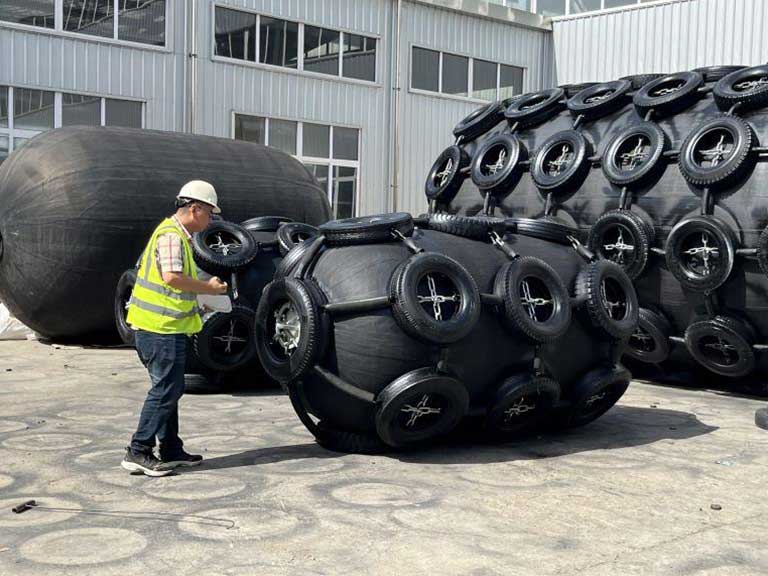
FAQ
What are the main causes of rubber aging?
Rubber aging is mainly caused by direct sunlight, temperature fluctuations, and chemical substances. These factors can cause cracks and aging on the surface of rubber.
What are the signs of rubber dry rot?
Signs of dry rot include cracks, discoloration, and roughness on the surface of rubber products. If you notice any of these symptoms, be sure to assess the condition of the rubber fender and consider replacing it if necessary.
How often should I check rubber fenders for signs of aging?
We recommend checking rubber fenders every few months. If rubber fenders are exposed to harsh environments, they should be checked more frequently. Regular checks help identify potential problems before they become major issues.
Can regular maintenance prevent rubber dry rot?
Yes, regular maintenance, including proper inflation, cleaning, and inspection, helps prevent dry rot. In addition, using protective coatings and storing rubber fenders properly also helps extend their service life.
How does UV exposure affect rubber?
UV exposure can cause the rubber to degrade, leading to cracking and discoloration. Prolonged exposure to direct sunlight can significantly reduce the lifespan of rubber.

